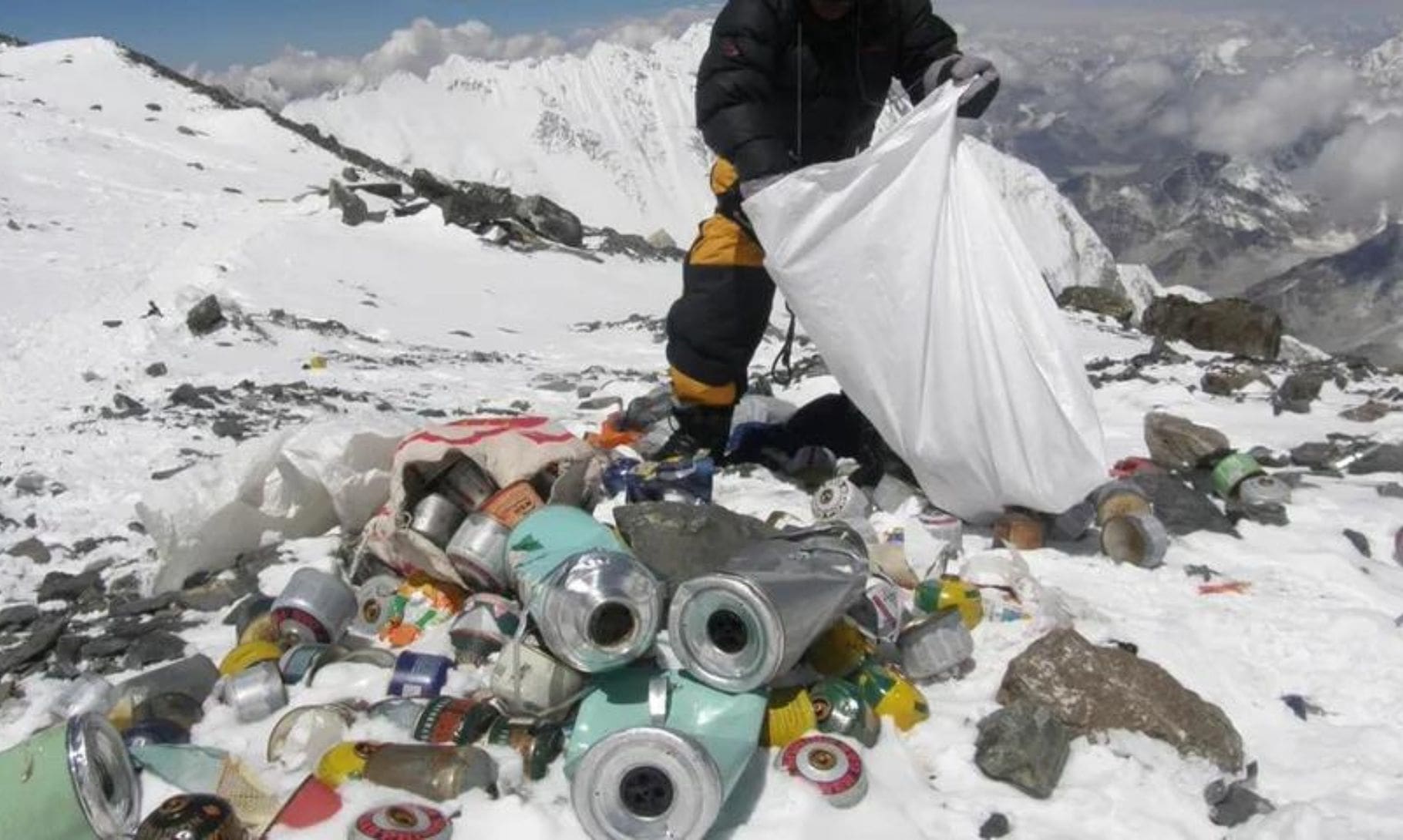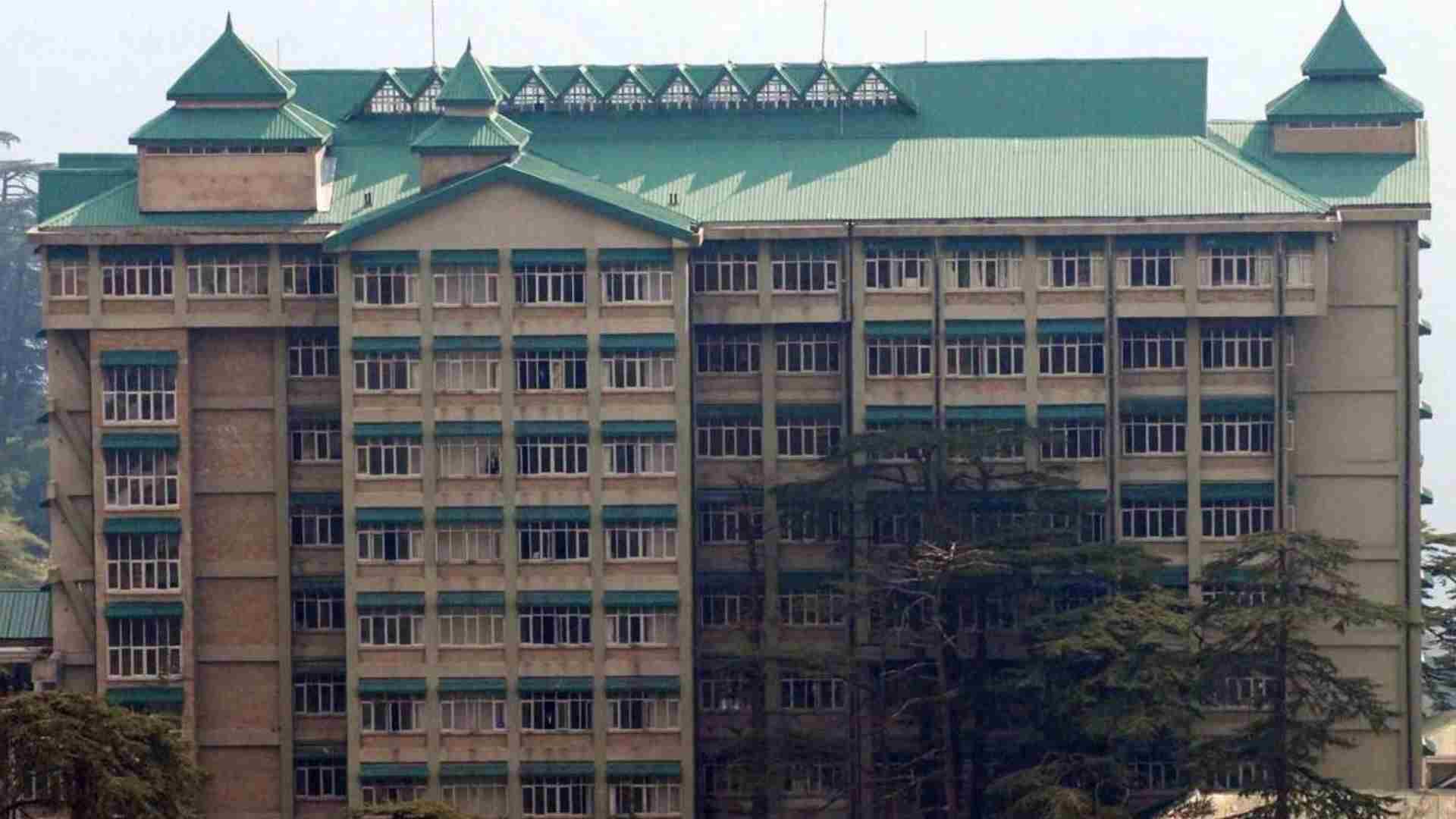
A recent cleanup mission on Mount Everest, funded by the Nepal government and led by Sherpas and soldiers, has removed 11 tons of garbage, including four bodies and a skeleton. Despite these efforts, Sherpa Ang Babu believes there could still be 40-50 tons of trash remaining at South Col, the camp just before the summit.
The discarded items include old tents, food packaging, gas cartridges, oxygen bottles, tent materials, and climbing ropes, all frozen at the 8,000-meter altitude of South Col. Since the first ascent of Everest in 1953, climbers have left behind a significant amount of debris alongside their footprints.
Recent rules that make climbers take back their trash or lose their deposits, along with more awareness about the environment, have reduced litter lately. But older expeditions didn’t care as much, so trash piled up.
Cleaning up faced big challenges like harsh weather, low oxygen (only a third of normal), and sudden blizzards at South Col. Getting trash out meant carefully digging through frozen ice, and retrieving bodies, some frozen for years, needed a lot of hard work and endurance.
One body was found deeply frozen in ice near South Col, requiring a two-day effort to retrieve amid challenging weather. Another body, located higher at 8,400 meters, took 18 hours to transport to Camp 2 for helicopter evacuation to Kathmandu’s Tribhuvan University Teaching Hospital for identification.
Out of the 11 tons of garbage cleared, three tons of biodegradable items were given to nearby villages, while the remaining eight tons were transported to Kathmandu using porters, yaks, and trucks. In Kathmandu, the waste was sorted for recycling by Agni Ventures, the managing agency for recyclable materials.
Among the items recovered, the oldest waste found dated back to 1957, including rechargeable batteries used for torch lights, revealing the enduring environmental impact of expeditions to Everest.
According to Sushil Khadga from Agni Ventures, the main reason for leaving trash behind is the extreme difficulty of surviving at high altitudes with low oxygen levels, where climbers prioritize personal safety over environmental concerns.
These efforts highlight the ongoing challenges in preserving Everest’s delicate ecosystem amidst rising tourism and the effects of climate change. As awareness grows and regulations become stricter, the goal is to reduce further environmental harm on this iconic mountain.















